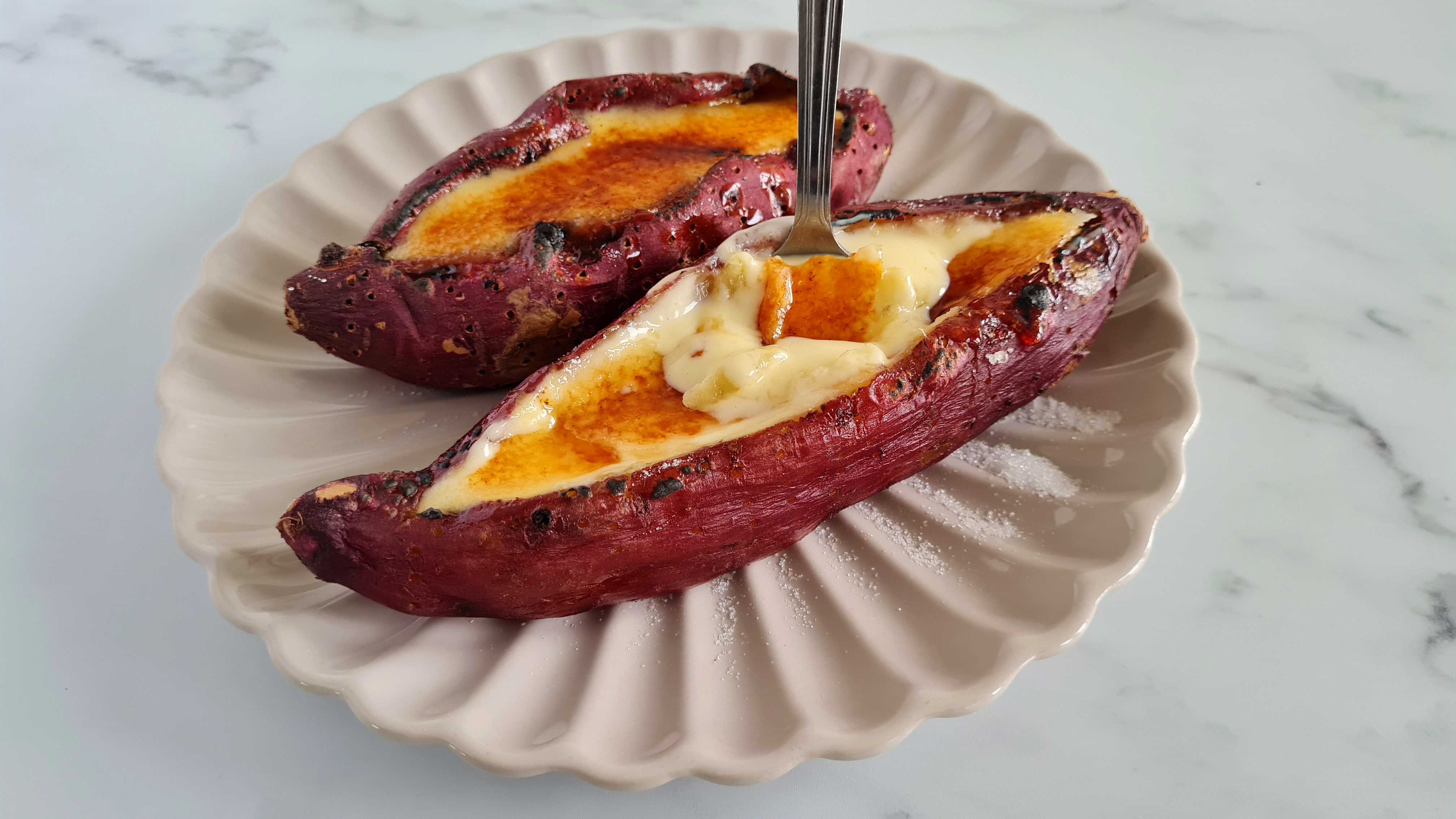Nian Gao for Chinese New Year!
恭喜發財 everyone!
That's 'gong hei fat choi', or, 'happy new year'. This evening the celebrations for Chinese New Year kick off, the actually day of the new year being tomorrow (Sunday 10th). Chinese New Year marks my annual battle with nian gao: sticky rice cake.
It's traditionally made with glutinous rice flour, sugar and water to make a very chewy and sticky cake (it's easy enough to make, but this week I wanted a bit of a break from my usual kitchen escapades). In the legends this cake was offered to the Kitchen God by families: it was the Kitchen God's duty to watch the family's behaviour during the year and then report back to the heavens. With his mouth jammed up with the sticky cake, he would be unable to say bad things about the family!
You can commonly find the brown sugar version (above) or the white coconut version. This year I bought a coconut nian gao fish, because it's just so darn cute.
It isn't actually orange coloured: this is just the outer packaging to make it look more fishy.
The best way to eat nian gao is definitely to heat it in some way. If you don't, it'll often have a tough, unpleasant texture straight from the pack (and every year I forget and try it cold first). When you heat it you really get the lovely, sticky and chewy texture of nian gao. A lot of people like to dip slices in beaten egg and pan fry it. You could even microwave it if you like. This time though I decided to make nian gao fritters by dipping them in a thin pancake batter.
The batter consisted of an egg, two tablespoonfuls of plain flour, a tablespoonful of sugar and a dash of milk.
 |
| Crispy on the outside, gooooooey on the inside. |
Of course, we had an awesome mini-feast for dinner, including roast duck soya sauce roast chicken and crispy chili beef.
 |
| I'll be expecting good things on Thursday, then. |








Comments
Post a Comment